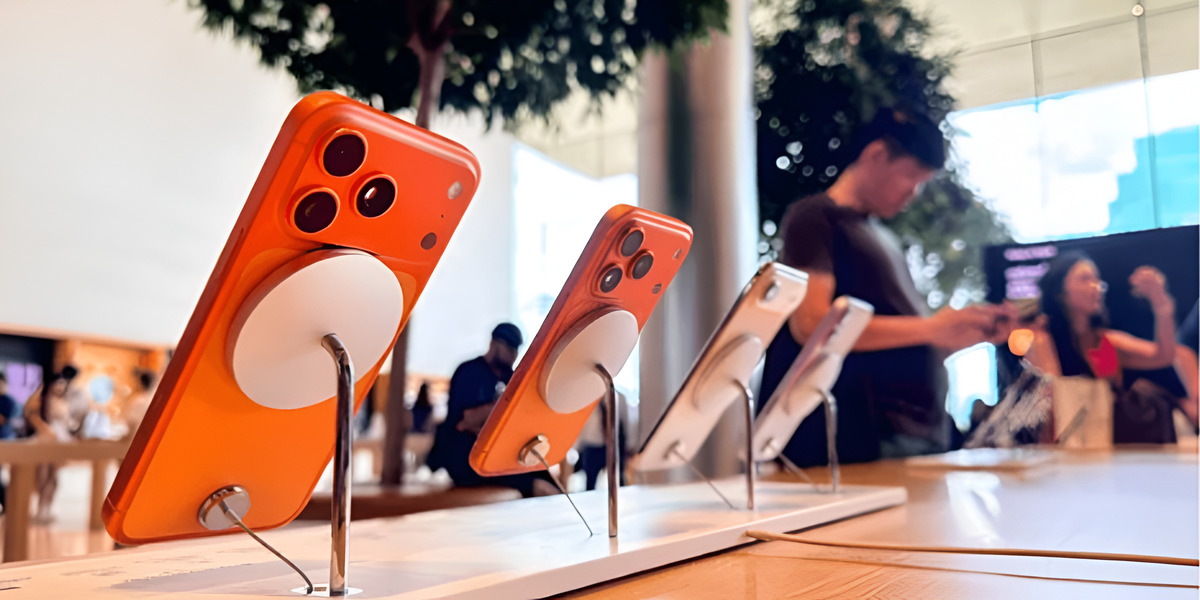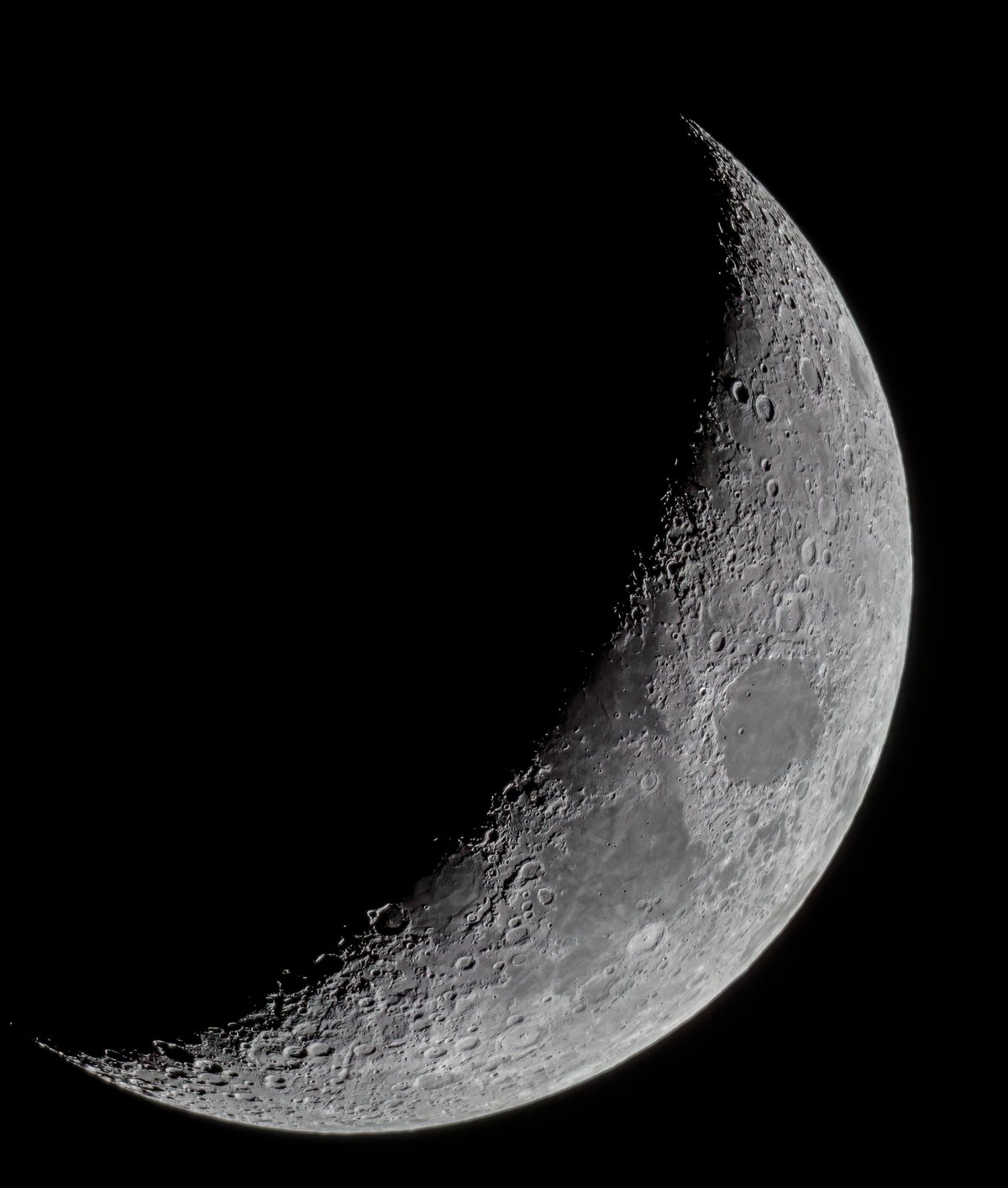Every week, TecMundo and #AstroMiniBR bring together the best astronomical curiosities produced by the team’s collaborators. profile in x To share the fantastic universe of astronomy with you. Check it out below!
#1: Far side of the Moon!
The Moon, our only natural satellite, has a unique and interesting feature: Although it rotates around its own axis, It always has the same face facing the Earth.
This phenomenon, called tidal coupling, is the result of billions of years of gravitational interaction between the Earth and the Moon. It was rotating during the formation of the Moon, but the Earth’s gravitational forces gradually slowed its motion until its rotation synchronized with the orbital period.
This synchronization results in the Moon’s rotation being exactly equal to the time it takes to orbit the Earth; This means that only one side of the Moon is always facing us.. We were able to see the opposite side of the Moon for the first time only in the second half of the last century.When the first space probes orbited the Moon and sent photos back to us.
The stability of this tidal coupling is a striking example of the complex harmony of the cosmic dance between the orbital motions of planetary systems and their gravitational forces.
#2: Anniversary of the Hubble telescope!
This April, The Hubble Space Telescope (HST) turns 34 years old and has revolutionized our understanding of the Cosmos since it was launched by NASA in 1990.. Equipped with advanced optical instruments, Hubble orbits the Earth, providing extraordinary quality images of distant celestial objects.
The results of Hubble’s observations were instrumental in determining the age of the universe, studying the chemical composition of nebulae and galaxies, investigating the nature of stars and planets, and countless other achievements of modern astronomy.
One of many fascinating celestial objects studied by the Hubble Telescope It is the M76 Nebula, also known as the Small Dumbbell Nebula. Located about 3,400 light-years from Earth in the constellation Perseus, M76 is a planetary nebula, a cloud of gas and dust expelled by a dying star. The detailed image taken by Hubble reveals the nebula’s delicate filamentous structures as well as its shape resembling the wings of a butterfly.
Studying planetary nebulae such as M76 helps astronomers understand the final stages of stellar evolution and the importance of these objects in distributing the elements necessary for the formation of new stars and planets.
#3: Farewell to Comet 12P/Pons-Brooks!
Comet 12P/Pons-Brooks, discovered by French astronomers in the 19th century, will end its long-awaited appearance in 2024. This comet, which has an orbital period of approximately 70 years, has been observed many times throughout history.but each return offers a unique opportunity to study it with cutting-edge technologies.
This year, professional and amateur astronomers have made various records about the comet’s properties, including its chemical composition, core size and sublimation activity. These studies will help Expanding our understanding of the origin and evolution of comets, as well as providing valuable information about the early conditions of the Solar System.
As the comet begins to move away from Earth, observers take the opportunity to make final recordings of its beautiful pass, made by the Deep Sky team, as you can see in the image above!
Did you like the content? So always stay up to date with the latest astronomical curiosities at TecMundo!
Source: Tec Mundo
I’m Blaine Morgan, an experienced journalist and writer with over 8 years of experience in the tech industry. My expertise lies in writing about technology news and trends, covering everything from cutting-edge gadgets to emerging software developments. I’ve written for several leading publications including Gadget Onus where I am an author.












